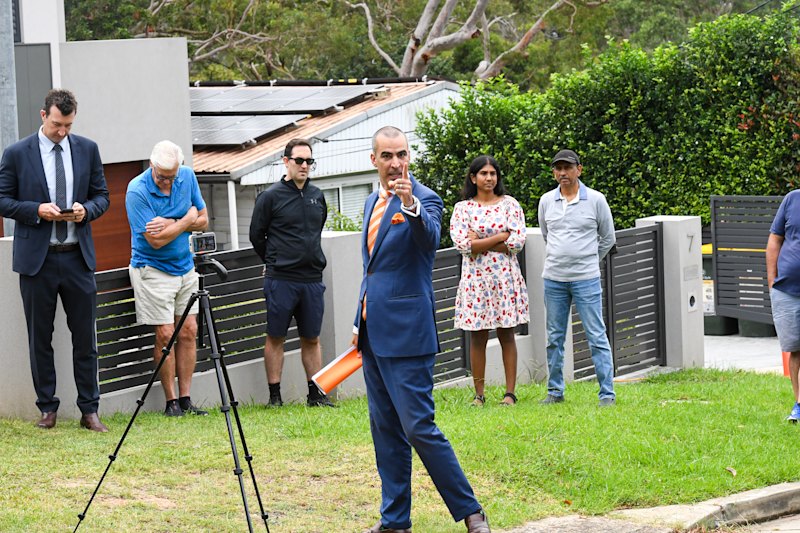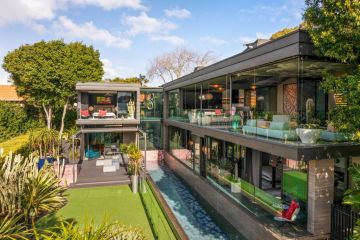A peek inside the the Prime Minister's Canberra residence, The Lodge
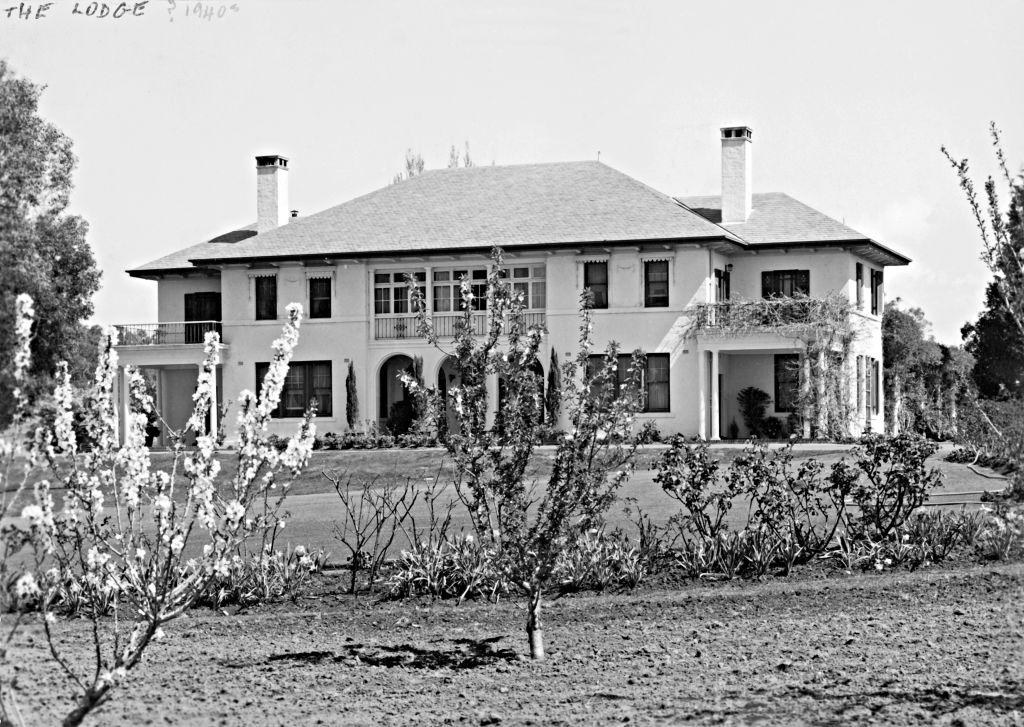
The White House. 10 Downing Street. The Lodge. One of these is not like the others.
Of course, they are all homes for their respective country’s leaders but while two are easily recognisable, the Australian prime minister’s home in the nation’s capital is hidden away and is much more modest.
Also, for the better part of the past two decades, it’s not had a full-time resident.
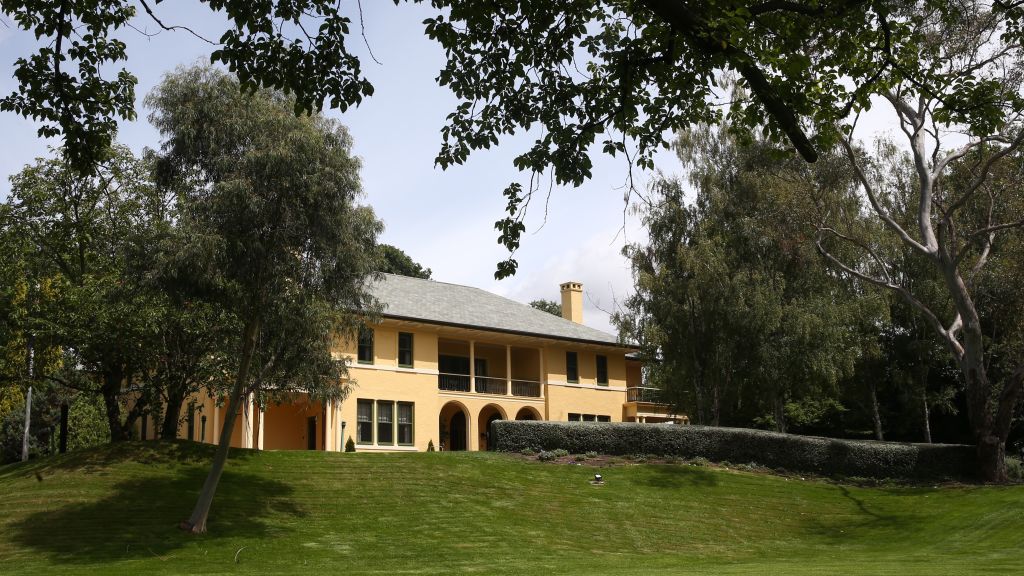
Prime Minister Scott Morrison stays at The Lodge when he is in Canberra for parliamentary or government business, but has not moved his family in. During the election campaign, his wife Jenny Morrison said she’d prefer to remain at the secondary official residence in Sydney, Kirribilli House.
Morrison is not the first prime minister to shun The Lodge as a full-time home. John Howard famously chose to take up residence in Kirribilli, and Malcolm Turnbull preferred his Point Piper mansion, said to be worth $60 million to $70 million.
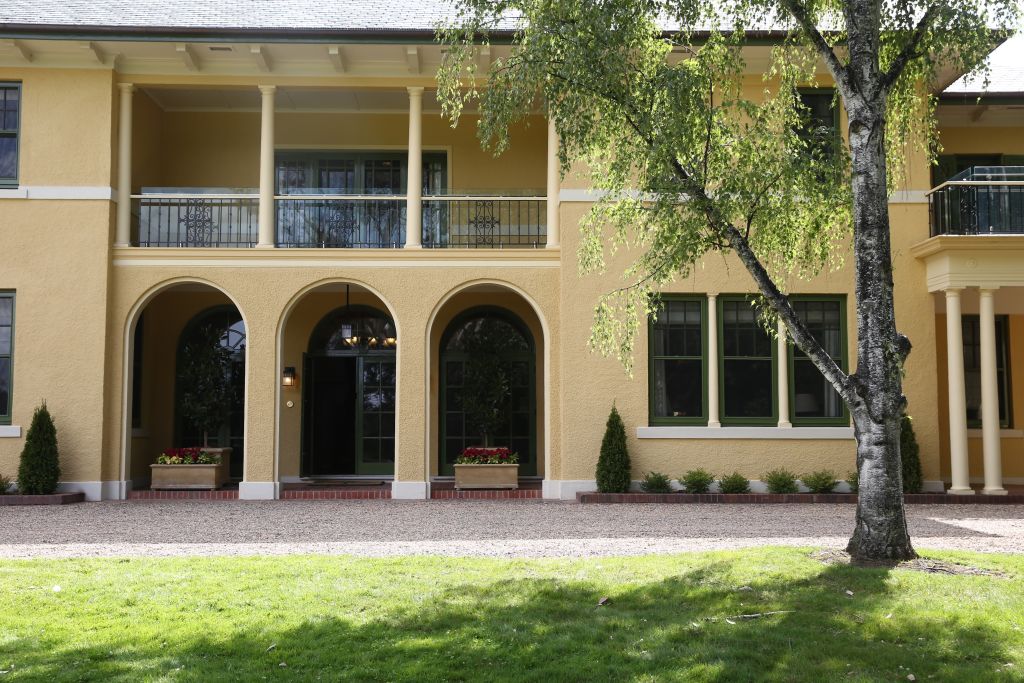
Tony Abbott didn’t even get to spend a night at The Lodge as it was undergoing a $9 million renovation during his reign.
From the beginning, the home at 5 Adelaide Avenue in Deakin was never intended to be a permanent residence for the prime minister, says architect David Hobbes of Philip Leeson Architects.

“It was considered from the start that it would be a temporary building as the provisional Parliament House was. From the 1930s onwards there were discussions about when they were going to build the permanent prime minister’s residence,” he says.
Built over 1926 and ’27, The Lodge sits on a 1.2-hectare block. It was designed by architectural firm Oakley and Parkes, which was given the task of designing homes for senior public servants.
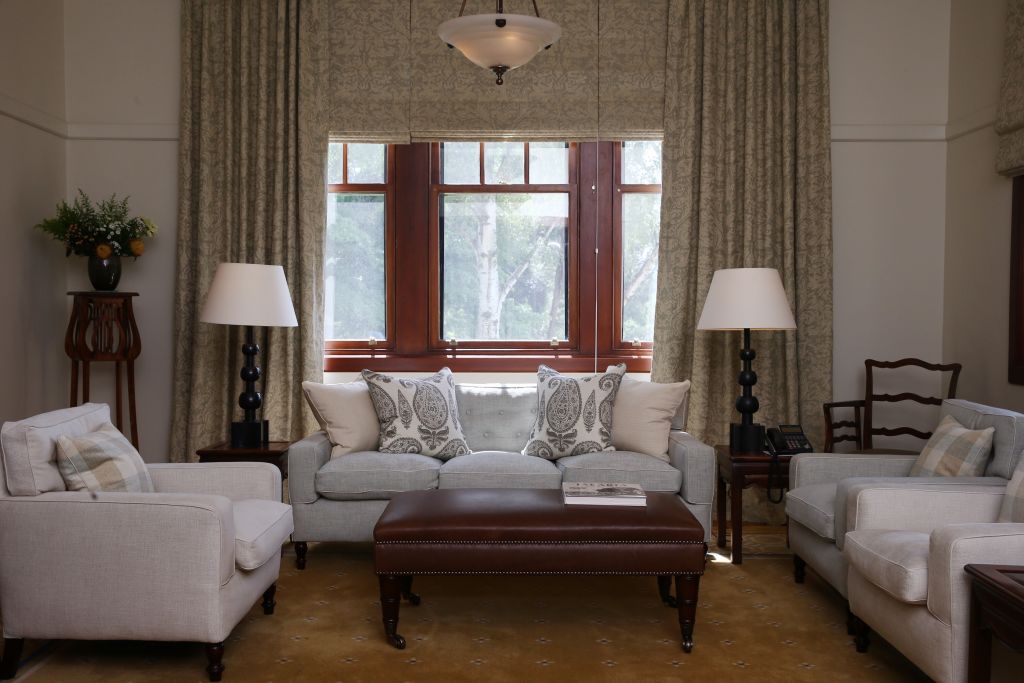
“[During] the flurry of residential construction activity in the 1920s, there was a bit of social engineering in that housing was designated and the quality of the design depended on your status as a public servant,” Hobbes says.
“There was workers’ housing, middle management housing and senior management housing. Oakley and Parkes were doing the senior management housing in Forrest, and there was a decision made relatively quickly to build a prime minister’s house too – it was logical they would be asked as an extension of that other project.
“The decision was the house would be somewhat larger than the senior managers’ houses, but when you look back, it wasn’t intended to be that much larger.”
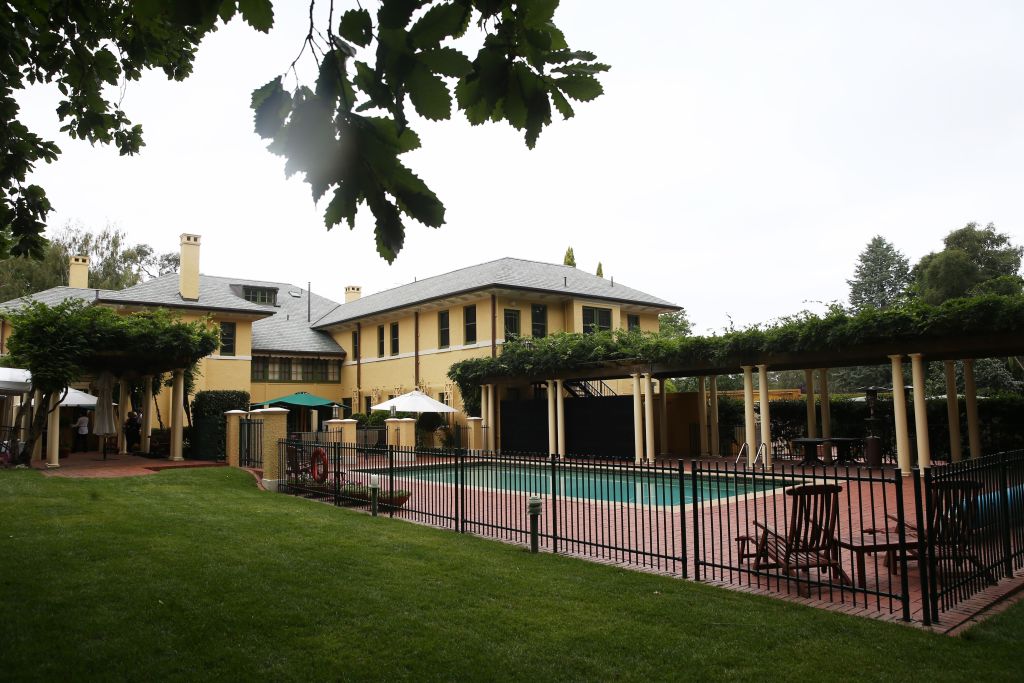
The architectural design is a typical 1920s mix of Georgian and Mediterranean styles, says Hobbes.
“As it was built in the 1920s, it was a fairly traditional ’20s home. Lots of dark wood panelling, traditional dark furnishings. It’s always been furnished with what was considered to be some of the best furnishings and artwork,” he says.
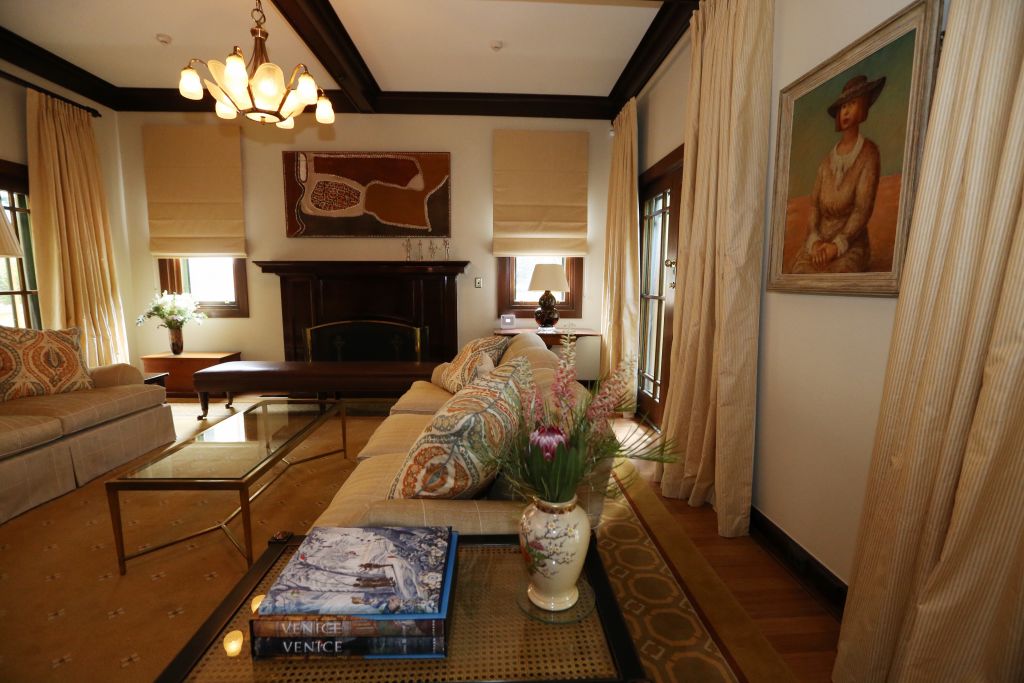
While he nurtures a soft spot for The Lodge, Hobbes describes it as “blink and you miss it”.
It sits behind a protruding yet understated barrier that masks its position from the world; the only telltale sign for those unbeknownst to its location is a police car that is stationed outside when the Prime Minister is in town.
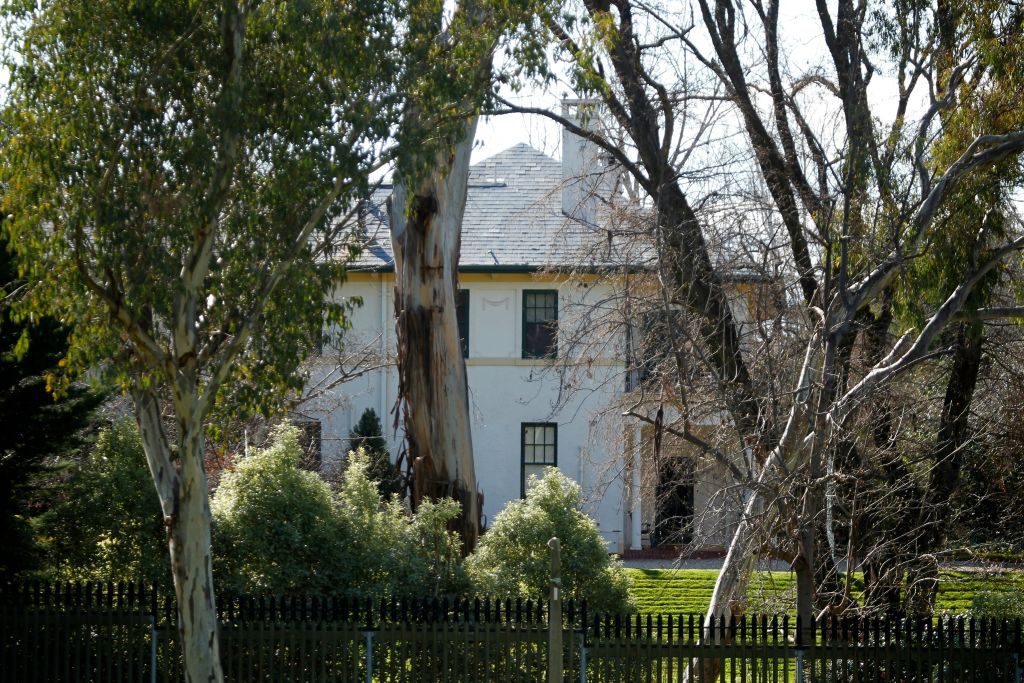
Despite its unassuming nature, agents say if it were to be put up for sale, it would sell for millions and could be a sales record for the capital.
“It’s a magnificent property, the position is by far one of the best in Canberra, and there is no doubt it would set a record,” Berkely Residential director Bill Lyristakis says.
Lyristakis set Canberra’s residential sale record in March this year at 25 Mugga Way, Red Hill, for $8 million.
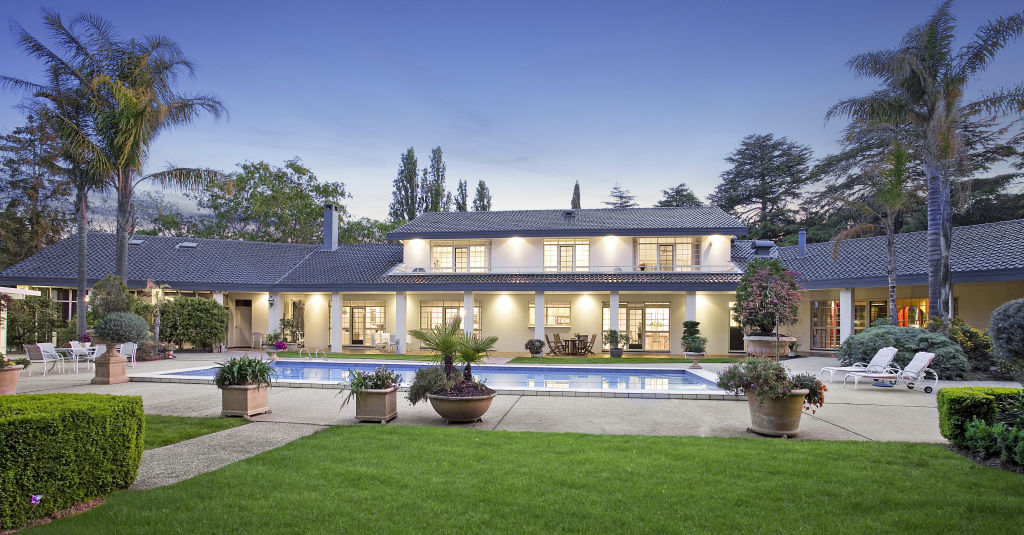
Blackshaw Real Estate managing director Andrew Chamberlain says: “[The Lodge] is in the very attractive Canberra Californian bungalow-style which people find appealing.
“The security of the property, as a feature, would appeal to someone looking for a higher level of protection.”
Chamberlain says the sale price for The Lodge would be bolstered by the fact it’s played host not only to prime ministers but to many dignitaries over the years.
“When we have sold homes in the past of notable people, this has had value for the eventual buyer,” he says.
Read more of Allhomes’ 20th anniversary story series here.
We recommend
We thought you might like
States
Capital Cities
Capital Cities - Rentals
Popular Areas
Allhomes
More
